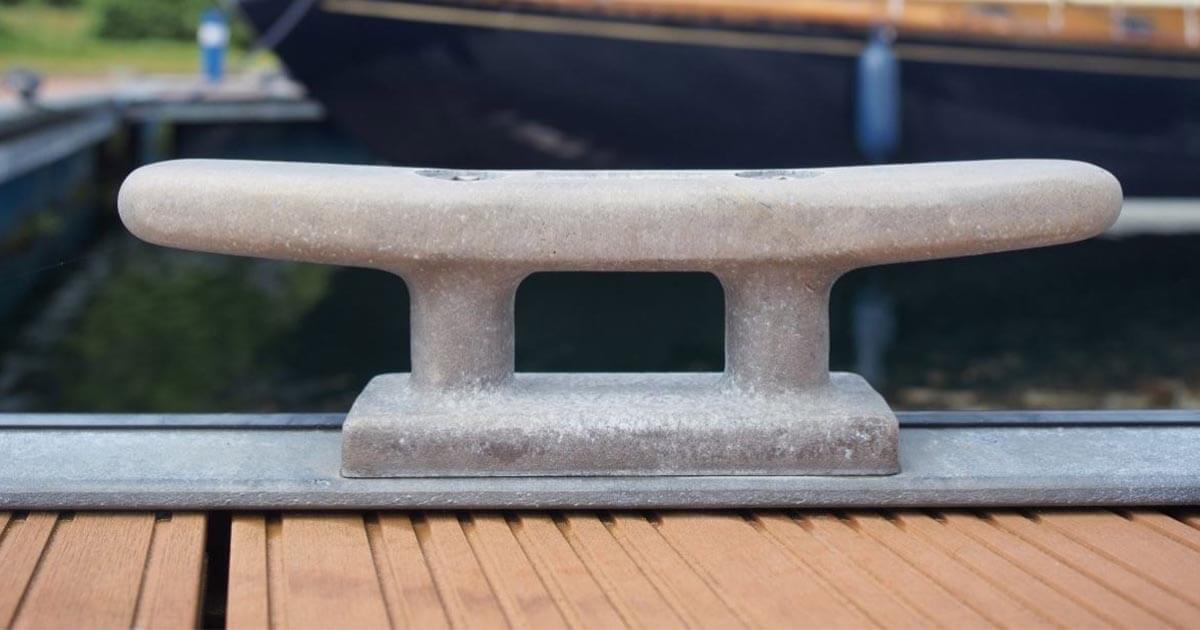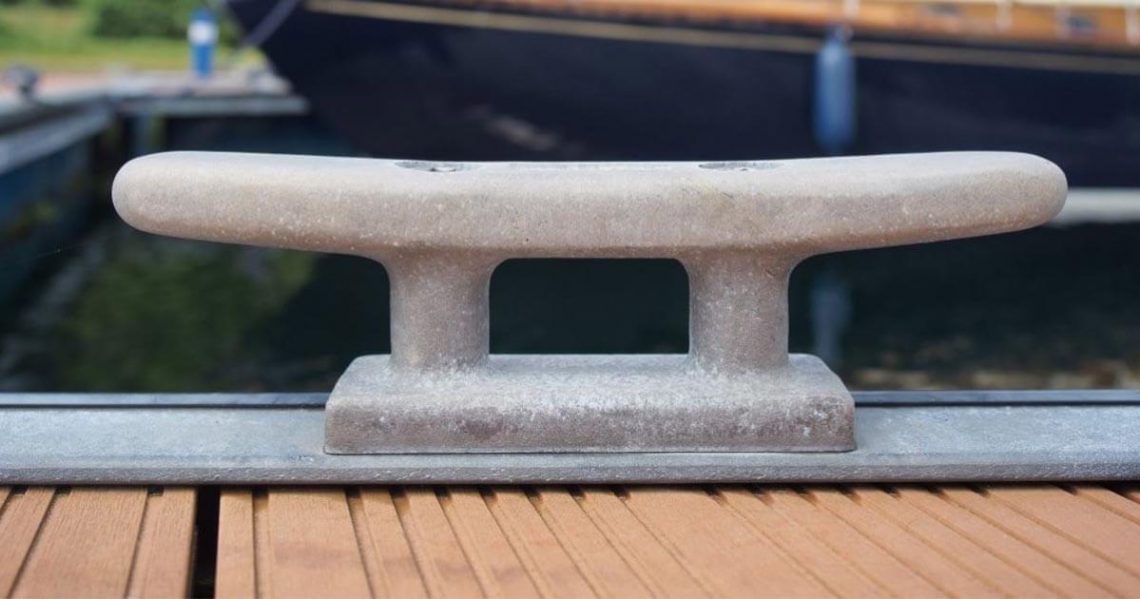
Common mistakes people make when docking their boats
The art of sailing requires a keen ability to anticipate the unpredictable. When out at sea, sailors are at the mercy of countless variables, including chance and luck. A skilled sailor plays it smart, working to mitigate the risks that, paradoxically, add to the allure of being on the water. This is especially true for the skipper of a sailing boat, who strives to avoid mistakes—both minor and significant—that can sometimes carry serious consequences.
However, to become a proficient sailor, one must learn from mistakes. This process is essential for gaining valuable knowledge that helps prevent future errors.
Statistics on sailing accidents reveal that many mistakes, distractions and oversights occur during docking in port and anchoring in open water. This is primarily because these operations often take place near obstacles, docks and other boats, where winds and currents can challenge even the most experienced sailors. Additionally, the anxiety that docking maneuvers can induce in sailors further contributes to the likelihood of errors.
So, what are the most frequent mistakes made when docking a boat?
Do not attach fenders to lifelines
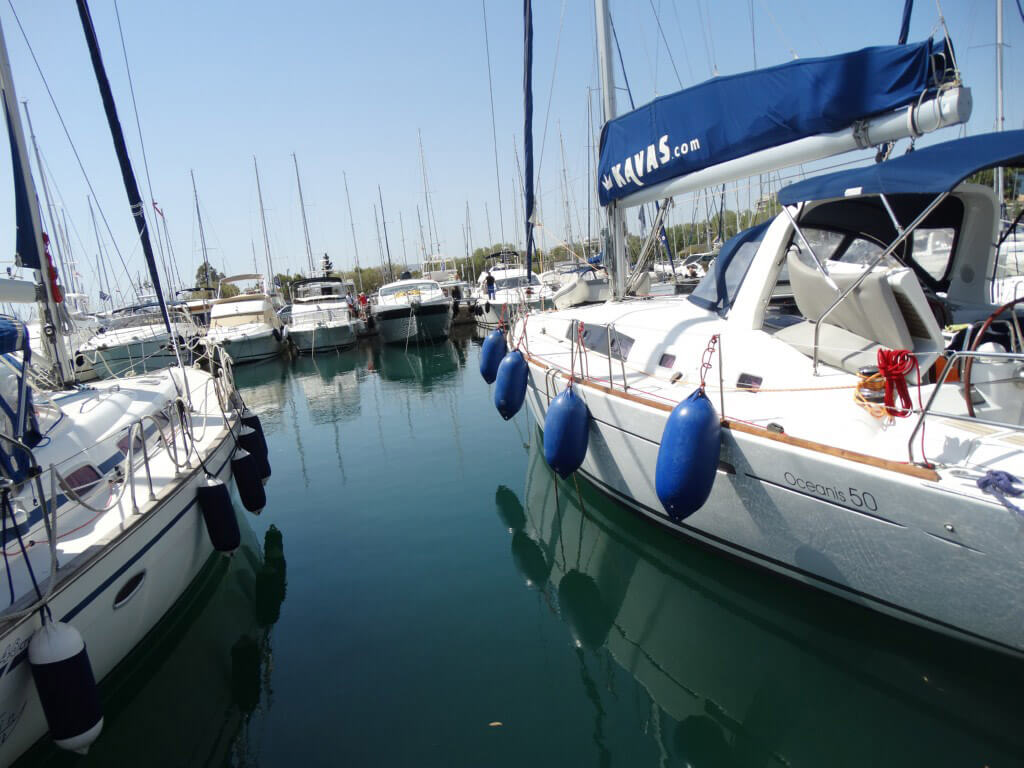
When it comes to docking, inexperienced, distracted or clumsy crews often make crucial errors. One common mistake is forgetting to prepare the fenders in advance, leading to a last-minute scramble that can result in damage. Sometimes, fenders are secured at the wrong height relative to the freeboard or they are improperly tied, increasing the risk of them falling into the water or shifting with the boat’s movements.
The fundamental rule for proper docking remains constant: whenever you approach a port or an anchorage with other boats nearby, ensure that your fenders are ready and positioned along the sides, at the bow and at the stern. Crews should set them up well before beginning the docking maneuver, taking all the time necessary to do it right.
Additionally, the height of the fenders should be adjusted based on the neighboring boats or the dock. Typically, the top of the fender should align with the gunwale or the base of the bulwark. If positioned too low, they become ineffective; too high, and they risk sliding upward with the first waves that hit. It’s generally better to secure them to the stanchions rather than the cleats, as knots can slide on the cleats, compromising their effectiveness.
Do not reduce the speed of the boat
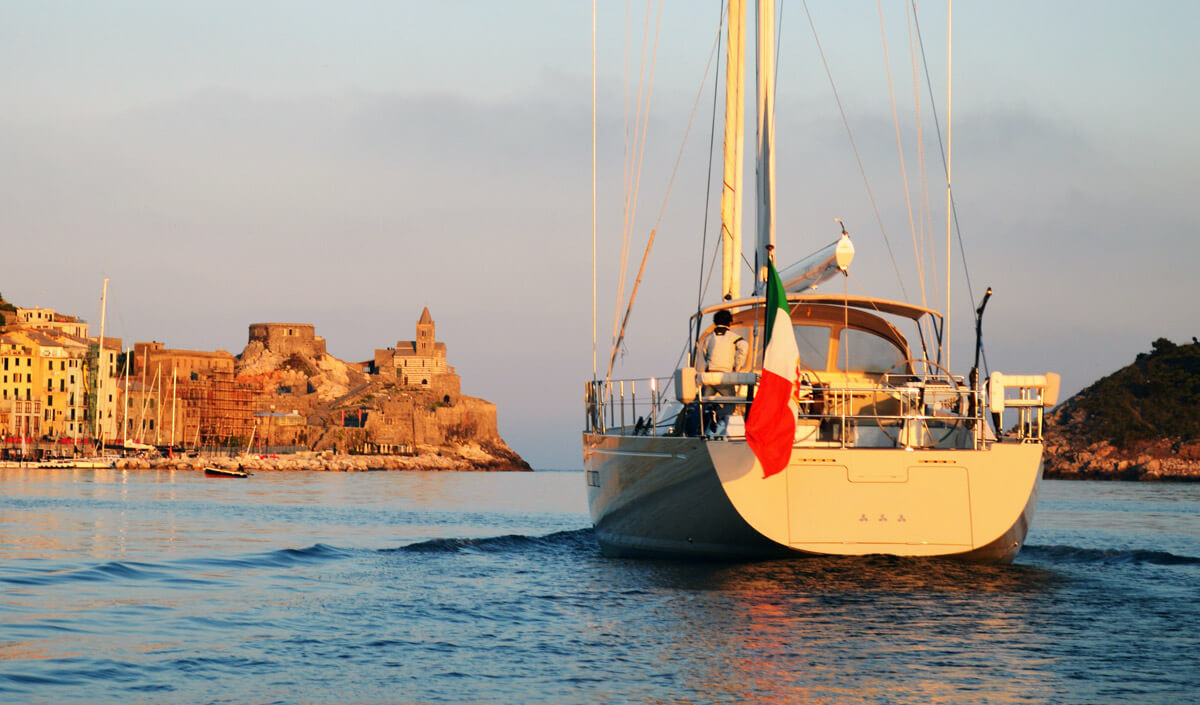
Too often, we see sailing boats entering a harbor or anchorage at high speeds, only to fumble through a series of clumsy attempts to avoid collisions with the dock or other vessels. During the docking process, speed can pose significant risks and increase the likelihood of mistakes.
The only way to ensure a safe and smooth docking experience is to reduce speed. This allows for timely corrections of any errors and helps prevent damage to your own boat as well as those around you. Slowing down enables a more careful assessment of the exact point where you need to stop and start maneuvering, as well as adjustments if things go awry.
The only exception to this rule is when strong winds or currents are present. In such cases, it’s crucial to maintain a bit more speed during maneuvers to avoid being swept downwind.
The deck isn’t tidy
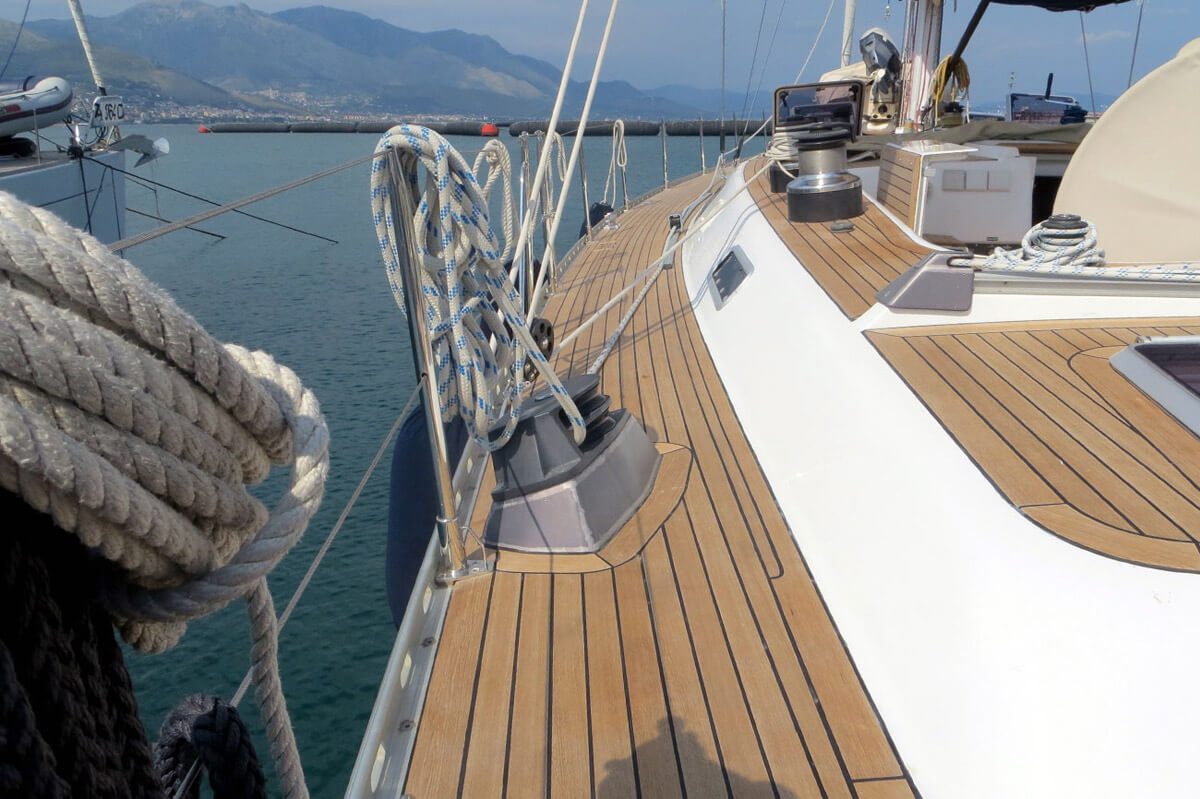
It’s quite common to see sailing boats entering a harbor or marina with their decks in complete disarray: towels and beach blankets hanging off the rigging, biminis and spray hoods left open, obstructing the skipper’s visibility, and hatches wide open, with cockpits overflowing with various items. This is a serious oversight that can often jeopardize a safe docking.
Ensuring a safe and efficient docking requires a tidy deck for several reasons. Items left scattered can hinder crew movements during maneuvers and can create wind resistance, amplifying unwanted effects on the boat. Additionally, these items may fall overboard, get damaged, or become dirty due to the docking lines.
Before approaching a dock or anchoring, the crew should clear the deck and prepare fenders on the rigging while organizing the docking lines. It’s also crucial to have a portable VHF radio at hand to communicate with the marina for instructions and assistance.
Not knowing the evolutionary impact of the helix
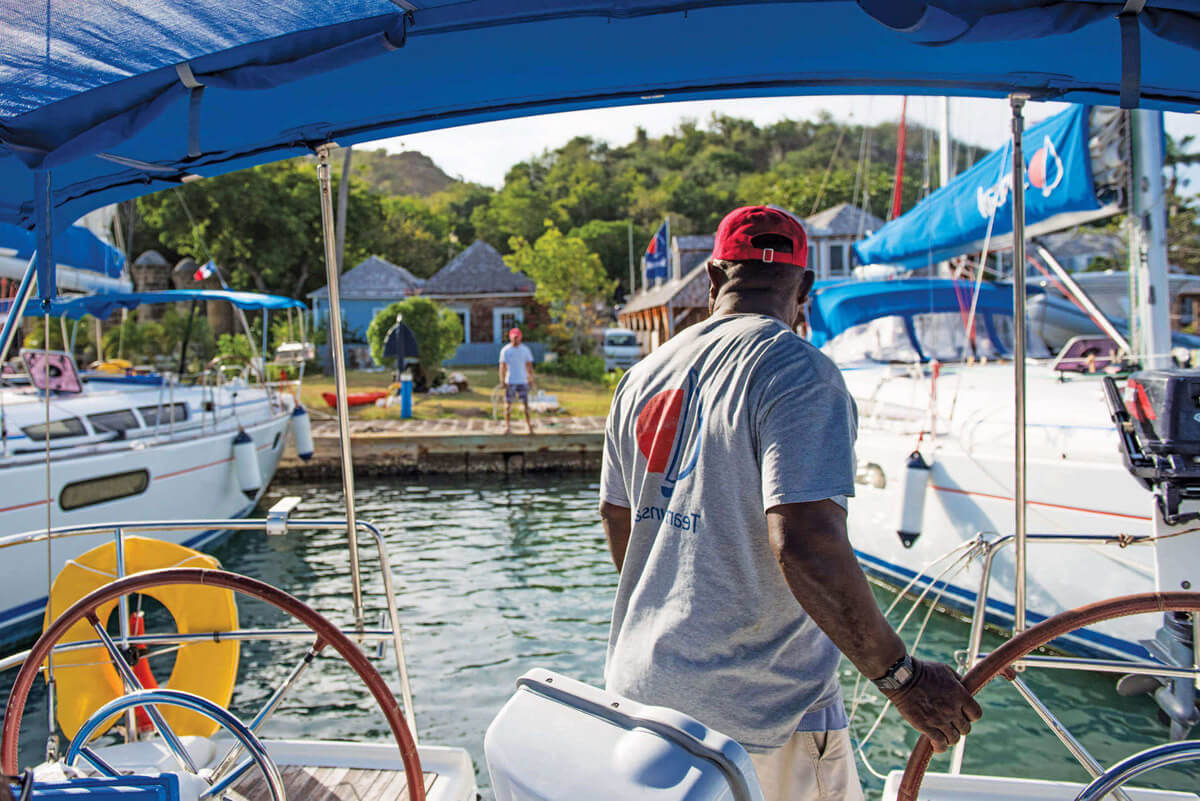
The evolutionary effect of the propeller is a concept familiar to anyone who takes a course to obtain a boating license. Yet, even after years of sailing, many sailors still struggle to fully grasp it. It refers to the lateral thrust caused by the propeller’s rotation, which is due to the difference in depth and thus in water density where the blades operate. This phenomenon significantly affects the boat’s maneuverability and thus the success of docking. Let’s review it: for right-handed propellers, during normal navigation, the lateral thrust in reverse gear will push to the left, causing the stern to veer in that direction. To set up a proper docking maneuver, it’s best to stop with the stern slightly to the right of where you need it, compensating for this small shift with the first acceleration. Then, once the hull gains enough momentum, you can reduce engine speed and steer with the rudder. For left-handed propellers, naturally, the opposite approach is required.
Not applying the correct tension to the mooring lines
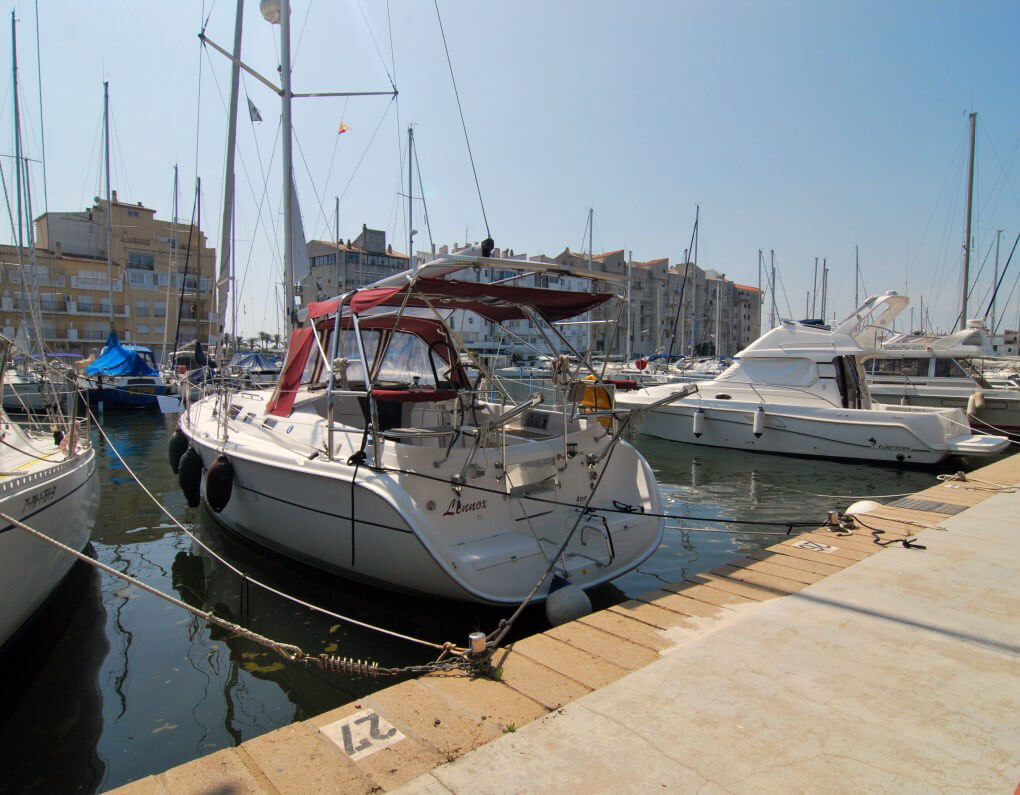
In most cases, the typical mooring in ports is stern-to with lines on the dock and a mooring buoy at the bow. The main precaution, in addition to securing the lines properly, should be to prevent the boat from getting too close to the dock; even in the presence of swell or strong winds, this will help avoid damage to both your boat and the ones nearby.
The key is to carefully assess how much tension to apply to the mooring lines. Ideally, a soft mooring setup is preferred to better absorb the shocks that swells can exert on the lines and hardware. It also provides more opportunities to keep the boat distanced from the dock.
Then, the specific type of mooring is evaluated case by case, depending on the neighboring boats. For example, a boat moored with tight lines next to others with softer lines, in the event of strong crosswinds, will have to bear the impact or pressure from adjacent boats leaning against its side, potentially causing damage.
The ship’s turning radius in the roadstead is misjudged
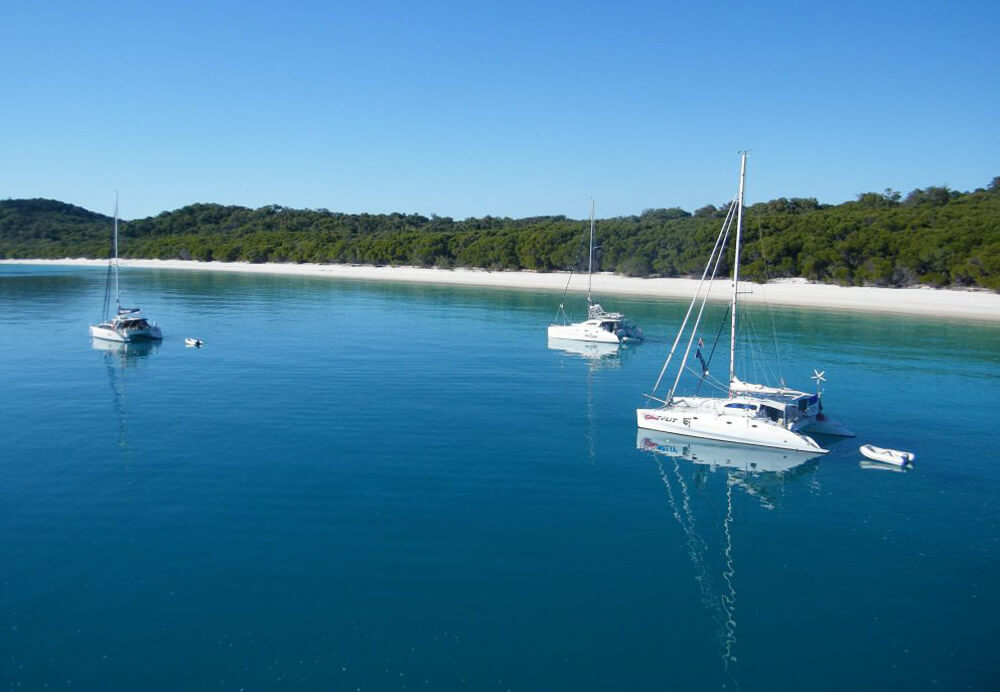
One of the most common mistakes made by inexperienced crews when mooring in an anchorage is misjudging the boat’s turning angle. This can lead to dangerous collisions and anchor chain entanglements with nearby boats, especially during nighttime wind shifts or sudden gusts from different directions.
It’s true that calculating the correct “swing radius”—the circle a boat can make around its anchor as the pivot point—is not always straightforward. Every hull behaves differently based on its length and the type of rode (rope or chain) used, as well as its design. A lightweight boat or one with a high freeboard and large superstructures will be more affected by wind, while a heavier vessel or one with a long keel will be more stable and slower to react to wind changes. Conversely, currents will have a greater impact on boats with more submerged surface area, and less on catamarans, for example.
You May Also Like

Tropea, one of the most beautiful seaside villages in Italy
28/11/2023
Alicudi: embracing the gentle rhythm of time on the island of steps
29/11/2023



